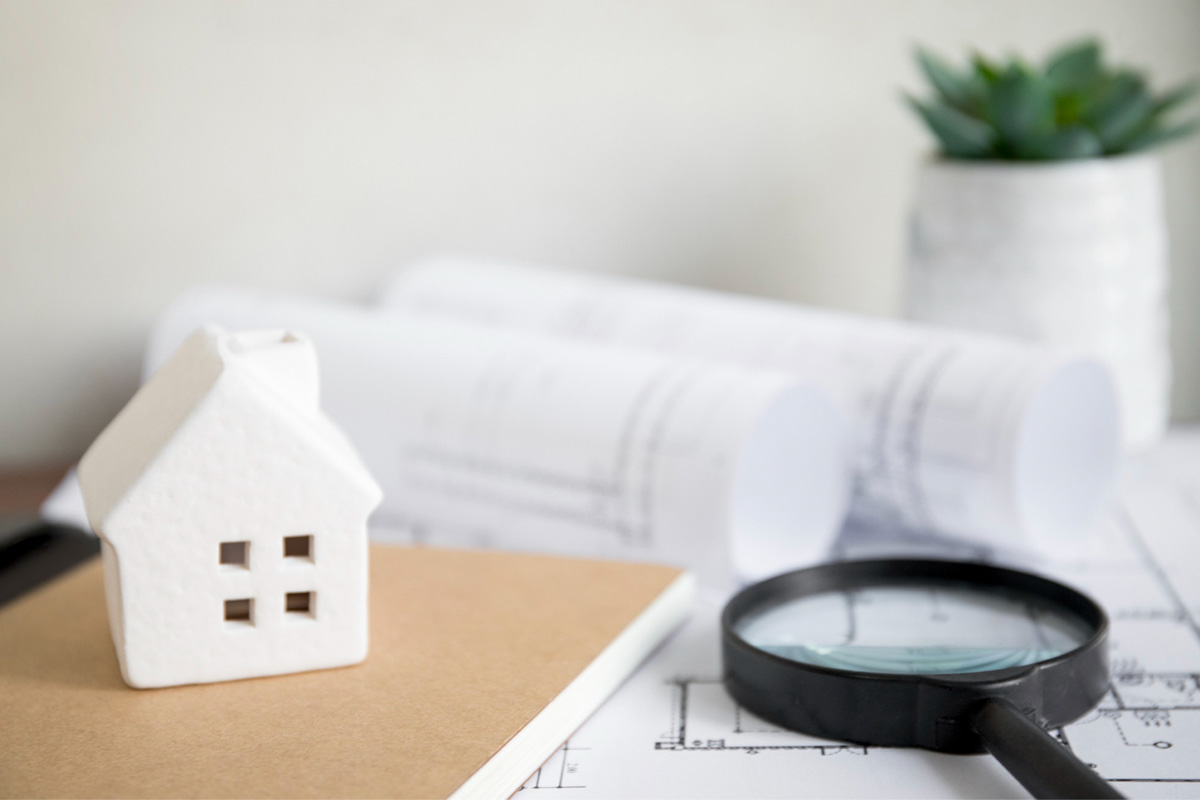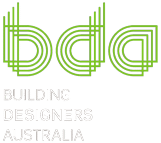Architectural drafting and design form the backbone of any construction project. In this guide, we’ll delve into the nuances of this field, providing valuable insights for architects, students, and design enthusiasts. Discover the skills, processes, and technologies shaping modern architecture.
What is Architectural Drafting?
The Basics of Architectural Drafting
Architectural drafting is the art of translating a designer’s vision into detailed technical drawings. These drawings serve as a roadmap for construction, ensuring accuracy and feasibility.
Tools and Techniques in Modern Drafting
The evolution from hand-drawn blueprints to digital designs has revolutionized drafting. Today, software like AutoCAD and Revit offers precision and efficiency, becoming industry standards.
The Process of Architectural Drafting
Conceptualization and Initial Sketches
The drafting process begins with conceptual sketches. These initial ideas are rough representations of the architect’s vision, laying the groundwork for more detailed plans.
From Sketches to Detailed Plans
These sketches evolve into detailed plans, including dimensions, materials, and construction techniques. This stage demands attention to detail and technical accuracy.
Review and Revision
Drafting is an iterative process. Plans often undergo multiple revisions based on client feedback, practical constraints, and regulatory compliance.
Key Elements of Architectural Design
Understanding Space and Structure
Effective design maximizes space utilization while ensuring structural integrity. It requires a balance between aesthetic appeal and practical functionality.
Aesthetics and Functionality
Architects must balance creativity with practicality. This includes considering the building’s appearance, usability, and how it interacts with its surroundings.
Sustainability in Modern Architecture
Sustainability is increasingly crucial. This involves environmentally friendly materials, energy-efficient designs, and minimizing ecological impact.
The Role of Technology in Architectural Drafting
The Impact of CAD and BIM
CAD and BIM have transformed architectural drafting, enabling more complex designs and better collaboration between professionals.
Emerging Technologies
The future of drafting includes advancements like 3D printing, virtual reality (VR), and AI, offering new possibilities in design and construction.
Building a Career in Architectural Drafting
Educational Pathways
A career in drafting typically requires formal education in architecture or engineering, along with proficiency in drafting software.
Essential Skills for Success
Key skills include attention to detail, spatial understanding, technical proficiency, and a strong grasp of engineering principles.
Conclusion
Architectural drafting and design are vital in shaping our built environment. Whether you’re a budding architect or a seasoned professional, continuous learning and adaptation are key to success in this dynamic field.
Interested in learning more about architectural drafting and design? Contact us for professional services or browse our resources for further insights. Discover how we can bring your architectural visions to life.




